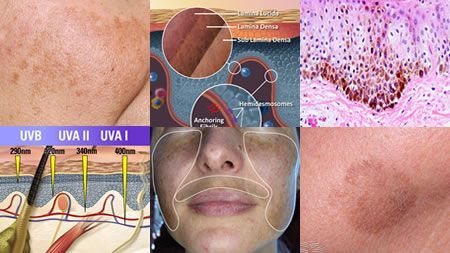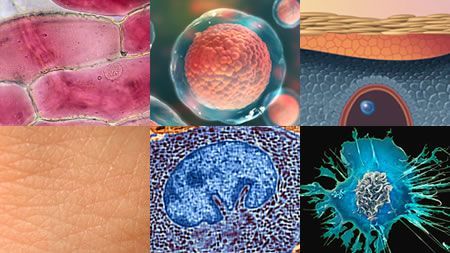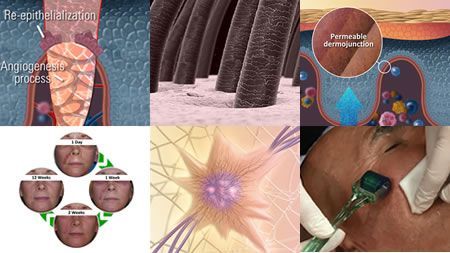Essentials Series
Essentials of melanogenesis and the pigmentation process in Skin
NZD $120

course details
This six unit course on melanogenesis and pigmentation is designed for practitioners who seek comprehensive knowledge about the formation of pigment and potential abnormalities in the process. In this six-unit training course, we cover a range of essential topics related to melanogenesis and pigmentation, including:
Skin Phototypes and Pigmentation Risk
The course starts with an in-depth discussion of skin phototypes and how they can affect the risk of pigmentation. We explore the different factors that can impact skin pigmentation, such as UV exposure and genetic predisposition.
Cellular Damage and Melanocyte Life Cycle
We also delve into the cellular damage that can occur in the melanocyte and how this impacts the melanocyte life cycle. By understanding the mechanisms behind melanocyte function and abnormal pigmentation, you’ll be able to identify early signs of pigmentation and take steps to prevent or treat it.
Melanocyte life cycle
You will learn about the different stages of the melanocyte life cycle, including melanoblasts, immature melanocytes, and mature melanocytes. By understanding the melanocyte life cycle, you’ll gain insights into the process of pigment formation and how it can be impacted by external factors, such as UV exposure and genetic predisposition. You’ll also learn about the role of cytokines and growth factors in regulating the melanocyte life cycle and how to apply this knowledge to your clinical practice.
Cause and Effect of Pigmentation
We will explore the underlying causes of pigmentation and how they manifest on the skin. We discuss different types of pigmentation, including hyperpigmentation, and explore the differences between them. You’ll also learn about the most common triggers of abnormal pigmentation, such as hormones, medications, and environmental factors.
Post-Inflammatory Hyperpigmentation
The course covers post-inflammatory hyperpigmentation (PIH) and how it occurs. You’ll learn about the different factors that can trigger PIH, such as acne, eczema, and skin injuries, and how to diagnose and treat it.
Visual Analysis of Pigmentation
We will discuss visual analysis of pigmentation and how to diagnose and identify pigmentation issues on different skin tones. You’ll learn about the importance of identifying different types of pigmentation accurately and how to use tools like the Fitzpatrick scale to assess skin tone. This knowledge will help you develop effective treatment plans and improve patient outcomes.
By completing this course, you will gain the following learning objectives:
- Demonstrate comprehensive knowledge of all aspects of pigmentation in the skin, including melanogenesis and pigmentation formation processes.
- Identify different types of pigmentation and subsequently, the appropriate treatment approaches.
- Explain anomalous cellular events that cause pigmentation conditions and identify risk factors.
- Demonstrate competency of course material and apply acquired knowledge to a clinical setting.
Our melanogenesis and pigmentation training course is approved for 6.0 CEs by NCEA Commission on Accreditation, so you can rest assured that you’ll receive the necessary credits to continue your professional development. Enrol now and take your career to the next level!








